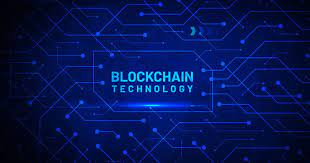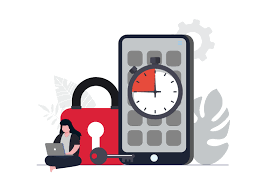In the last decade, blockchain technology has made waves as the underlying technology behind cryptocurrencies like Bitcoin and Ethereum. However, its potential stretches far beyond digital coins, promising to revolutionize industries, streamline processes, and redefine how we interact with data. Let’s dive into the world of blockchain and discover the breadth of its applications.
Understanding Blockchain Basics
At its core, a blockchain is a decentralized and distributed digital ledger that records transactions across multiple computers. Each transaction is added as a “block” to the chain, forming an unalterable and transparent record. Here’s why it’s such a game-changer:
- Decentralization: Unlike traditional centralized systems, where a single authority controls data, blockchain operates on a network of computers (nodes), ensuring no single entity has complete control.
- Transparency and Immutability: Once data is added to the blockchain, it’s nearly impossible to alter or delete. This transparency builds trust among participants.
- Security: The cryptographic nature of blockchain makes it highly secure against fraud and unauthorized access.
Beyond Cryptocurrencies: Real-World Applications
- Supply Chain Management: Blockchain can enhance transparency and traceability in supply chains. From food safety to luxury goods authentication, it can track the journey of products from source to consumer.
- Healthcare: Patient records, drug traceability, and clinical trial data can be securely stored on the blockchain, giving patients more control over their health information.
- Finance and Banking: Apart from cryptocurrencies, blockchain can facilitate faster cross-border payments, simplify complex financial processes, and even enable easier access to credit for underserved populations.
- Voting Systems: Blockchain’s security and transparency can transform voting systems, ensuring the integrity of elections and minimizing fraud.
- Digital Identity: With blockchain, individuals can have control over their digital identities, reducing the risk of identity theft.
- Energy Management: Blockchain-enabled microgrids can optimize energy distribution and facilitate peer-to-peer energy trading.
- Intellectual Property Protection: Artists and creators can use blockchain to prove ownership and protect their intellectual property.
Challenges and Roadblocks
While the potential of blockchain is immense, challenges remain. Scalability, energy consumption (in some cases), regulatory concerns, and the need for widespread adoption are key hurdles.
The Road to Mainstream Adoption
For blockchain to realize its full potential, collaboration between governments, industries, and innovators is crucial. Efforts are being made to develop scalable and eco-friendly blockchain solutions.
Final Thoughts
Blockchain’s journey from a niche technology to a transformative force is still underway. As we continue to explore its applications, we’re shaping a future where trust, transparency, and security are the cornerstones of our digital interactions. The real-world impact of blockchain is no longer a question of “if,” but a matter of “when” and “how.”




